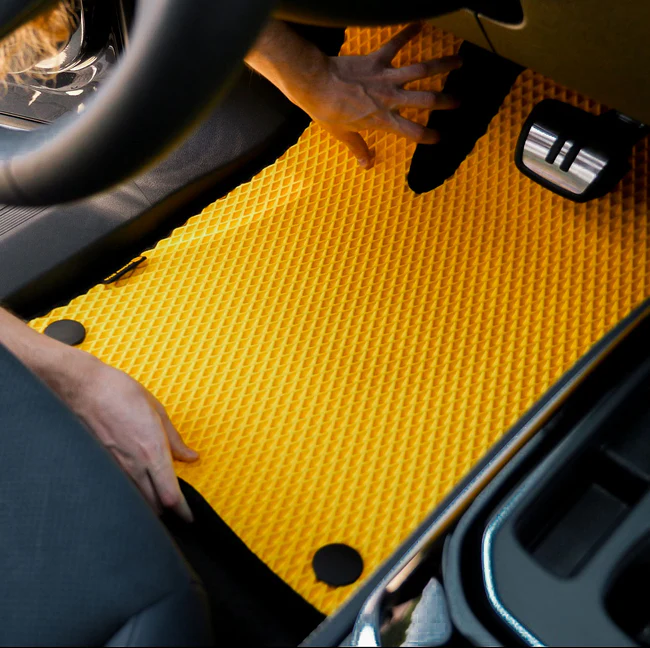The Unraveling of Slate Auto’s $20,000 Dream
Slate Auto had set the stage for what could have been a groundbreaking revelation in the electric vehicle (EV) market—a no-frills electric pickup advertised to retail under $20,000. The ambition was buoyed by federal tax incentives that made this dream attainable. However, with the Trump administration’s newly passed spending package eliminating these crucial credits, the sub-,000 price tag has become nothing more than a whisper in the wind.

A Stripped-Down Approach
The startup, which garnered attention and backing from the likes of Jeff Bezos, aimed to revolutionize the EV landscape by offering a minimalist truck, essentially a “blank slate” on which customers could build their ideal vehicle. The base model, devoid of unnecessary frills, consisted of basic features like a gray exterior, two seats, a flatbed, and fundamental gauges. Everything else—ranging from paint options to cupholders—was an optional extra, akin to building a life-sized LEGO masterpiece. This radical design aimed to attract those who appreciated simplicity and affordability.
Facing New Challenges in a Competitive Market
Slate’s innovative concept resonated with consumers, accumulating over 100,000 reservations within a fortnight of its announcement. But with Tesla and established automakers closing in on sub-,000 electric offerings that come with more than just bare essentials, Slate’s path forward is treacherous. Without federal tax credits providing a financial cushion, the company must now pivot its strategy and convincingly prove that its no-frills truck is still a worthwhile investment—an uphill battle indeed.



